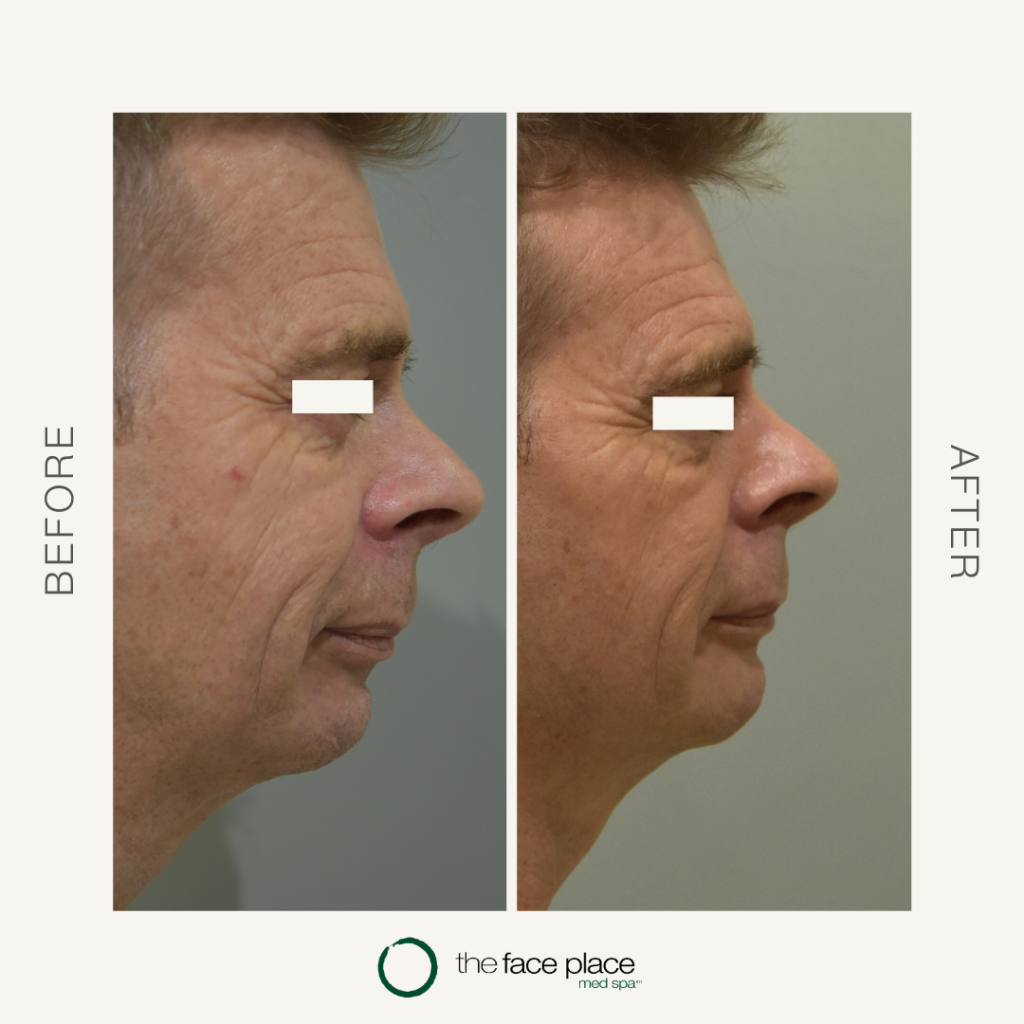Bell’s Palsy refers to a condition where there is paralysis or weakness of one side of the face. This occurs when the nerve affecting facial muscle movement is injured or stops working for various reasons. A small percentage of people are born with a deficiency of this nerve.
Different phases of Bell’s Palsy:
- Recovery for Bell’s Palsy tends to fall into several different stages. The first is called the “flaccid stage”. Here, the muscles of the affected area have decreased or have no movement. This leads to facial droop and multiple functional problems, such dry eyes, dry mouth, and difficulty with drinking, eating or speaking.
- The second stage is called paresis, in which rein-nervation has started, leading to some improvement in muscle tone. Some people in this phase might experience twitching. The unaffected side may also become hyperactive to compensate for reduced movement on the affected side.
- Most patients go on to have a good recovery. However, some may experience what is called “synkinesis”. Synkinesis occurs when the re-growing nerve connects to the wrong muscle or structure during recovery. This results in inappropriate activation when the brain fires with the same signal as before. For instance, activating one muscle group (e.g. whistling) may also result in activation of another muscle (e.g. eye squinting).
How can botulinum and filler address these concerns?
Botulinum is a purified protein which works at the level of the muscle to result in relaxation. This means that with appropriate placement and dosing, we can reduce hyper-spasticity and hyperactivity of muscles. This results in improved symmetry for our patients at rest and with action. Similarly, effects of synkinesis can also be reduced, by targeting muscles causing the unwanted or unintended movement.
Botulinum also works to reduce the production of sweat. This is particularly useful in a condition called Frey’s syndrome, in which there is cross-wiring between the salivary and sweat glands of the face. Patients often find great satisfaction with botulinum in this setting, as it significantly reduces their self-consciousness when eating.
Dermal filler is a hyaluronic acid gel, which is used for revolumisation of various areas. Firmer fillers can be used to imitate the appearance of bone or fat, and softer fillers can improve the appearance of fine lines. It is another tool in our box, which can be utilised to further improve symmetry for our patients.
Our patients who have had treatment for Bell’s Palsy find these treatments life changing, as it allows them to regain self-confidence and more normalcy in their lives. If you feel like this might be right for you, do not hesitate to have a consultation with one of our clinicians. We love to help our patients with these concerns and address any questions that you might have.



Our client came to us conscious of both sides of his face due to Bells Palsy. The affected side (left) and the hyperactive side (right). His immediate concern was wanting to reduce the signs of ageing on the right side of the face. With the use of dermal filler, we have been able to reduce the hyperactivity of his right side, as well as replacing volume loss on the weaker (left) side. More definition has also been achieved through the jawline and chin.
* All medical devices and treatments carry risks and benefits. Individual results will vary. Speak to one of our qualified Cosmedicine Doctor’s or Nurse’s to see what might be right for you and to explain the possible side effects.
The Face Place.





